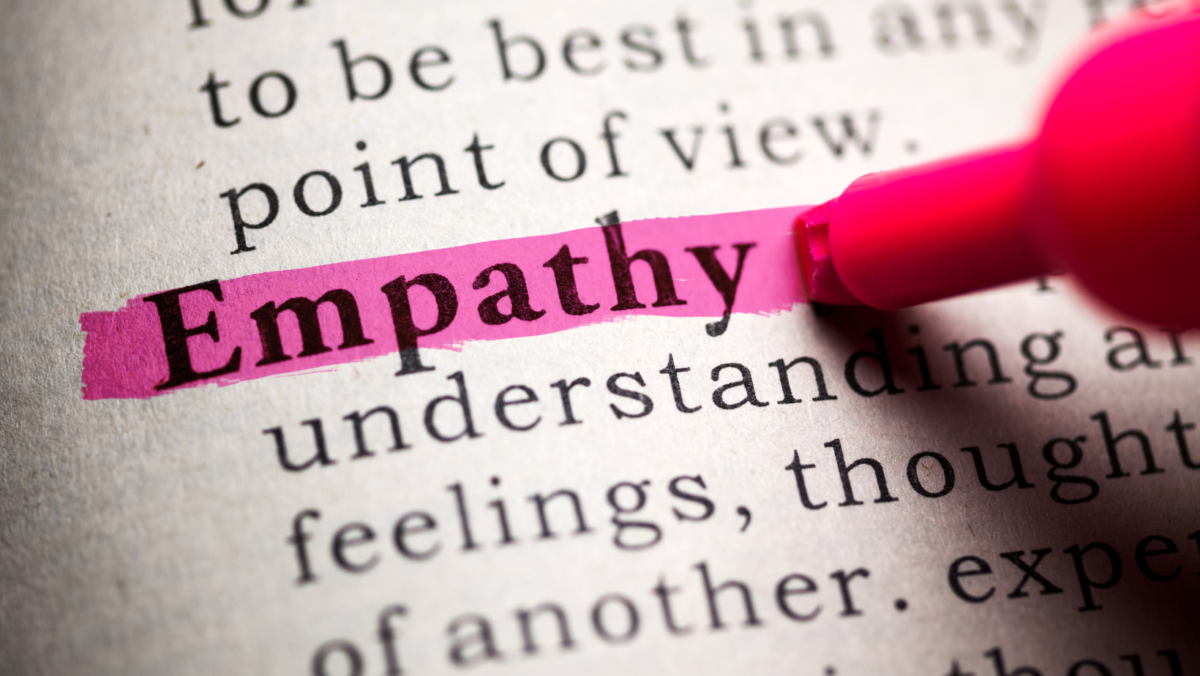Updated July 25 2023
In last week’s blog, I talked about how the brain has been shaped by evolution to adapt and readapt to an everchanging world (Cozolino & Sprokay, 2006). The thing is, that when things become too comfortable the brain gets lazy.
In one of my favourite books ever ‘The Brain That Changes Itself’, Norman Doidge, states that the way to stave off memory loss into old age is to keep learning new things ‘learning new physical activities that require concentration, solving challenging puzzles, or making a career change that requires that you master new skills and materials.” i.e you have to want to learn and grow, you have to actively make an effort to do so. You have to want to find new things to learn and then focus on these if you want to hold off old-age memory loss.
Likewise, it is also true that you have to want to find other ways of being, to avoid accepting mediocrity and habitual behaviours.
If you send a child to piano lessons and they don’t like learning the piano, it is highly unlikely that they will learn anything past what they are being set by their teachers for exams. On the other hand, if a child has begged to be able to attend piano lessons, and they really want to learn, then they will want to be great, and they will want to learn to play every song they hear on the radio. And this knowledge will remain with them for years to come, perhaps their whole lives, because they have a passion for learning and they are having fun!
Experts and researchers (e.g. Cozolino & Sprokay, Caine & Caine, and those listed above) all over the world insist that brains grow best in the context of interactive discovery and through co-creation of stories that shape and support memories of what is being learned.
Our focus at Adaptas™, when designing and delivering staff training, is to encourage people to learn new things about themselves, through real active experience and sharing of this experience.
How can you find ways for yourself and your colleagues to want to learn so that everyone will actually learn when attending staff training? How can you make it attractive to learn?
Well I would suggest, firstly, recognize the importance of learning for the longevity of your memory (reading Norman Doidge’s book will inspire you, I promise!). Secondly, think back to when you were a child, and you like making up stories and playing games and generally using your imagination…this is how we learnt as children, and believe it or not, this is how we learn as adults…learning needs to be engaging, fun and full of imagining the possibilities!
Let us know if you and your colleagues are ready to play, and in doing so learn, grow and keep your brain fresh and alive!
For Norman Doidge’s truly inspiring book, see: http://www.normandoidge.com/normandoidge.com/ABOUT_THE_BOOK.html











